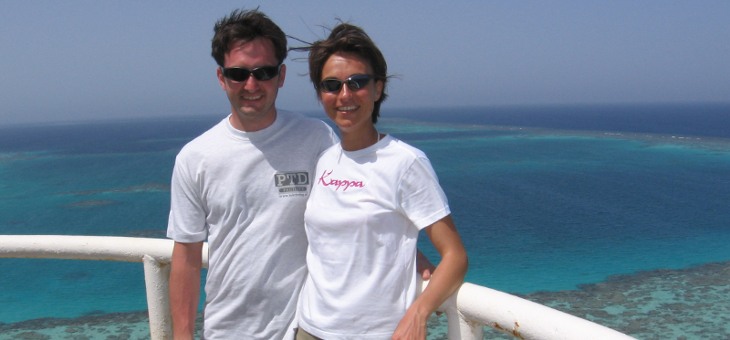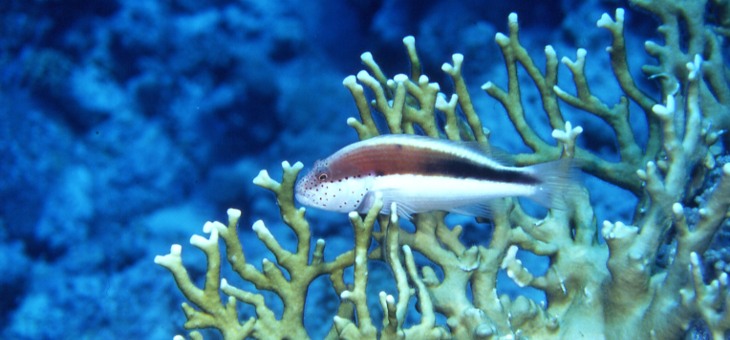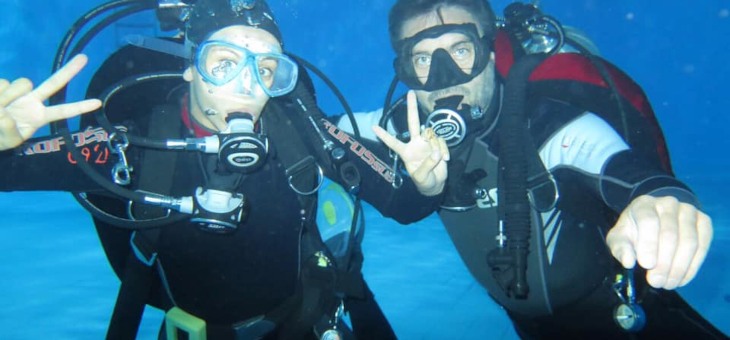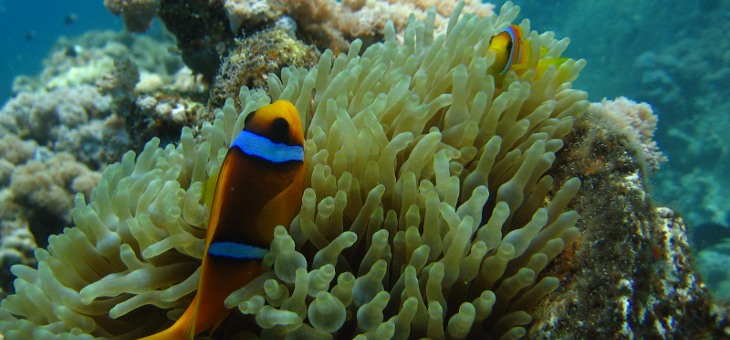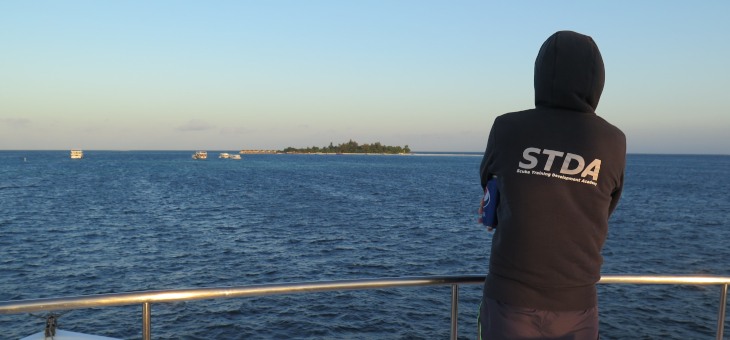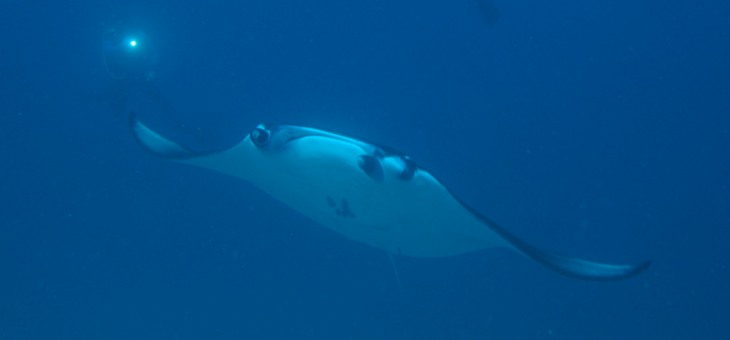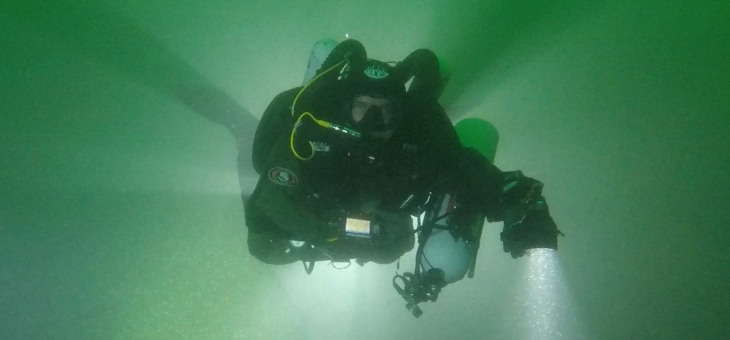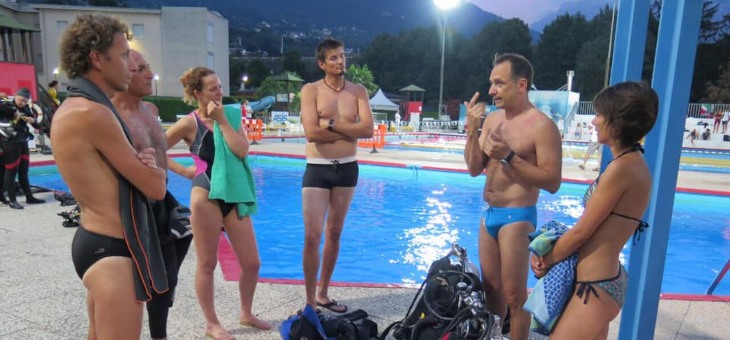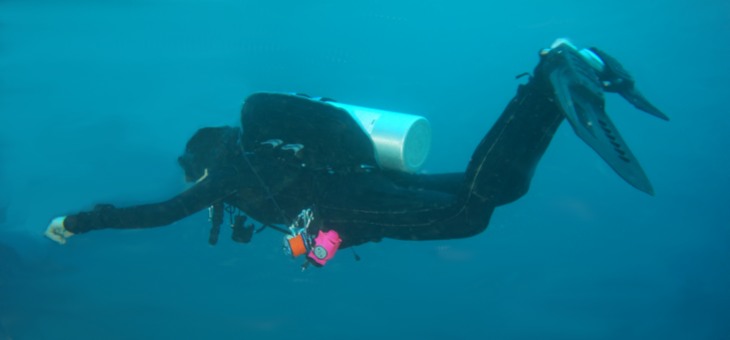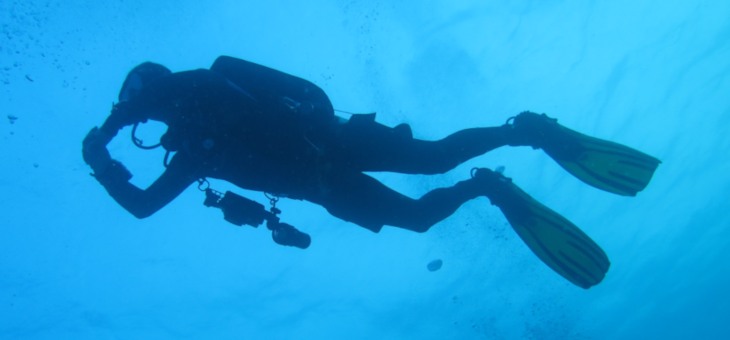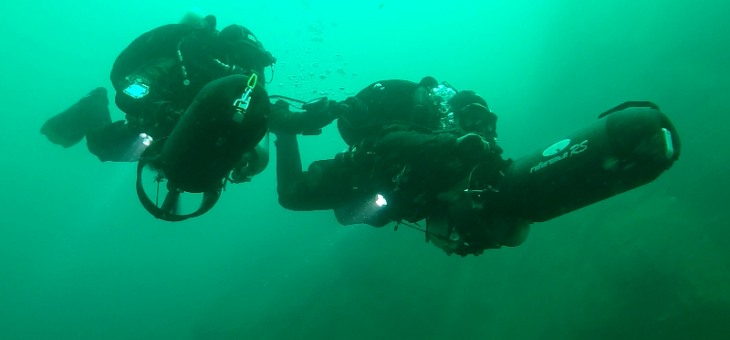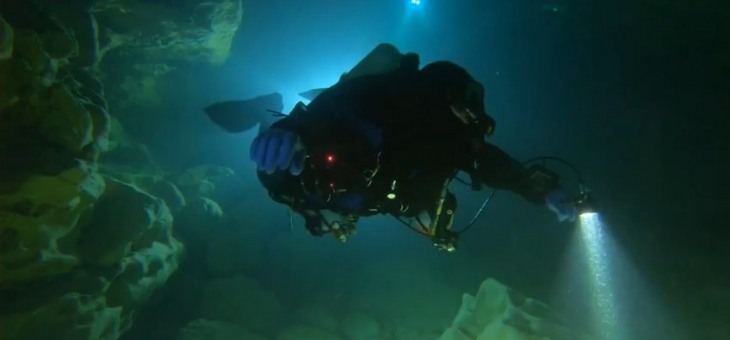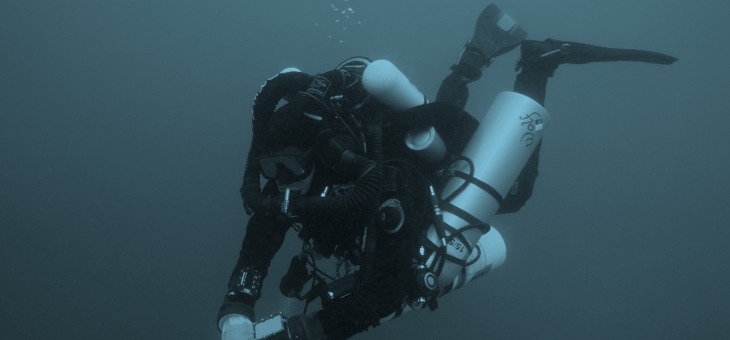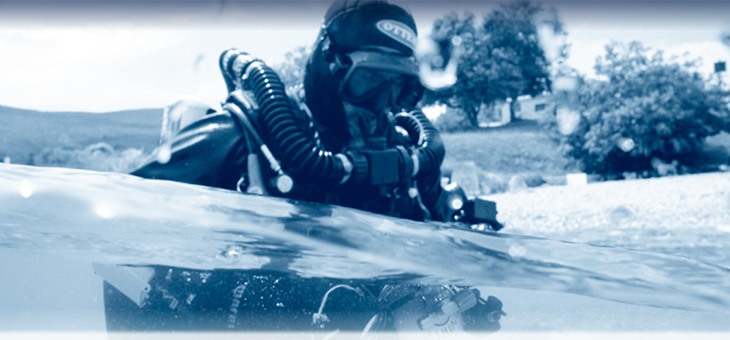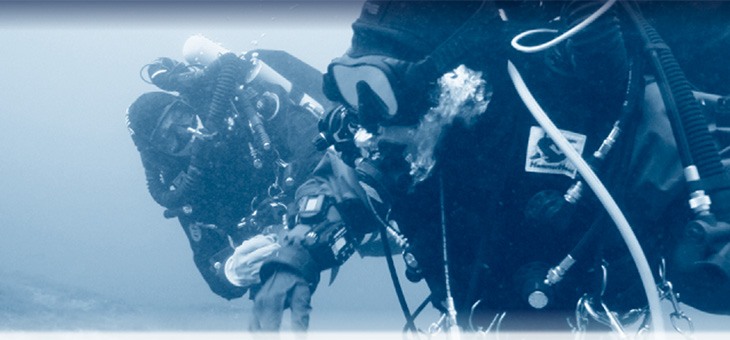Rebreather courses
STDA provides 6 levels of training, three basic levels and three advanced levels, considering the diver level that enroll the course. There is also the Refresh CCR program, a workshop in half day or whole day with 1 or 2 in water sessions to restart diving after a period of inactivity. 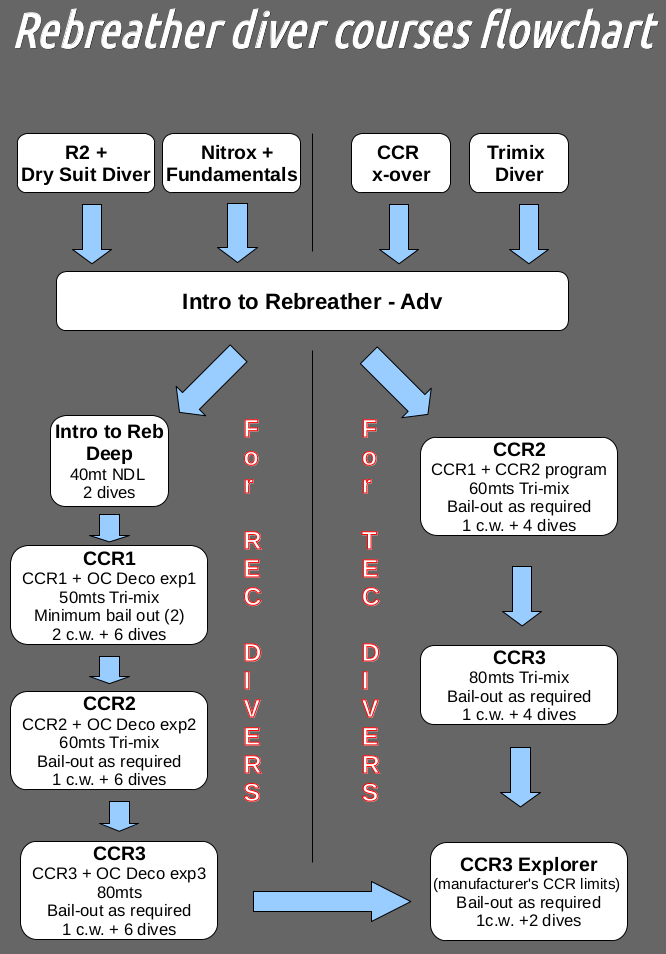
Divers, already certified in R2 Deep in OC (or equivalent), can attend directly the 'Intro to Rebreather - Adv' , the fundamentals CCR training program of STDA.
The continuation is the 'Intro to Reb - Deep' course for recreational divers and the 'CCR 1' and 'CCR 2' courses for OC certified technical divers.
- Intro to Rebreather - Advanced
- Intro to Rebreather - Deep
- CCR 1 (STDA Decompression Procedures 1 workshop included)
- CCR 2 (STDA Decompression Procedures 2 workshop included)
- CCR 3 & CCR 3 Explorer (STDA Decompression Procedures 3 workshop included)
- Refresh CCR program in two options: half day with one confined water session, a whole day with 2 in water sessions
For all the courses it's possible to attend the theory sessions through the web. In this way you can use your time at the best. Same thing if you want to come in Italy to attend your courses. You can do the theory lessons before your coming. Contact us for more info: info@stdahq.com
Currently 'STDA' considers as rebreather of reference the followings:
- X-CCR by IQ-Sub, Hammerehad CCR evolution
- Hammerhead CCR by Juergensen Marine, the only rebreather that has never registered a fatality since his presentation in 2007
- Hollis aSCR Explorer only for recreational rebreather courses
- Other ccr can be added if they match STDA requested features.
Why CCR rebreathers?
Theoretically talking, the Closed Circuit Rebreathers are considered the 'state of the art' of scuba diving. In the past, the development of these systems, faced many stops but in the new millenium, in particular with the huge improvement of electronics technology, the closed circuit rebreathers started to have a wide diffusion. The reasons were quite obvious from long time: using for deep and/or long dives a rare, strategic and always more expensive gas as helium, the most efficient system was and is without any doubt the CCR system. CCR have also an other big advantage: a CCR is really lighter (26-36kg) than OC double tanks (>40kg minimum) or a pSCR (>45kg minimum). Your back will thank you.
Moreover, during the years STDA has acquired evidence that CCR diving decrease the risk of DCS in divers affected by PFO.
Marco Valenti, STDA founder, believes in this system for many years. He's a CCR user since 2004. He's a CCR Instructor Trainer, developer and tester.
Keeping always in mind that is a different way of diving, generally more complex, CCR needs a different appproach than the open circuit. This means that it is not obvious that an experienced open circuit diver is automatically suitable for the use of a CCR. The history and the direct experience in training have brought out it clearly.
For these reasons, STDA stares at the technical training mainly on rebreather diving, with the goal to develop the use of rebreather also in recreational diving. What it's needed, it's the 'right' rebreather and training.




